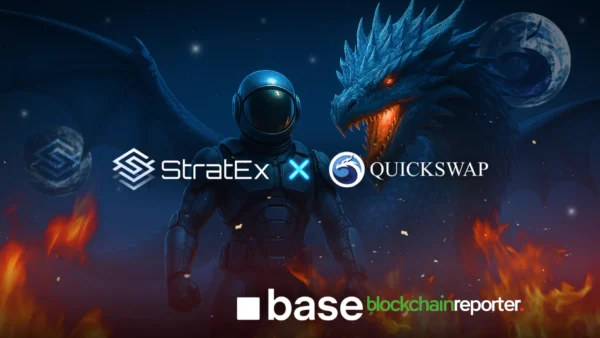
The past seven days have witnessed remarkable shifts in stablecoin activity, with Ethereum (ETH) leading the charge with a significant $1.1 billion increase in USDT and USDC on the network. This surge underscores Ethereum’s continued dominance in the blockchain ecosystem, as it benefits from increasing demand for decentralized finance (DeFi) and other blockchain-based services.
According to Lookonchain,Ethereum’s total stablecoin reserves have seen an influx of $2.43 billion over the past week, further consolidating its position as the primary hub for stablecoin activity. These figures reflect both the trust in Ethereum’s network and its ability to support large-scale transactions, making it a key player in the global crypto economy. In contrast, Solana (SOL) experienced a significant downturn in stablecoin deposits, with a decrease of $772 million over the same period. This sharp drop highlights the challenges Solana faces as it navigates issues with network stability and performance, impacting its overall market confidence.
Over the course of the week, Solana’s stablecoin balance showed a considerable outflow, signaling a potential shift in investor preferences as they look to more stable and reliable networks for their crypto holdings. The drop in Solana’s stablecoin reserves is part of a broader trend of reduced activity on its blockchain, with several other networks showing stronger growth figures.
Mixed Network Performance, Negative Blockchain Trends
Other blockchain networks also saw notable changes in stablecoin movements. Arbitrum (ARB) posted a healthy increase of $86 million, while Hyperliquid (HYD) saw a substantial $54 million rise in stablecoin deposits. Polygon (POL), another Ethereum Layer-2 network, also experienced a solid growth of $29.64 million, indicating that Layer-2 solutions are continuing to grow in importance in the wider crypto landscape. Meanwhile, networks like Aptos (APT) and Mantle (MNT) posted more modest increases, with Aptos registering a $15.7 million rise and Mantle experiencing a $4.3 million increase in stablecoin deposits. Binance Smart Chain (BSC), represented by BNB, reported a small gain of $0.15 million.
Despite some positive movements, several blockchains experienced declines in stablecoin deposits. Fantom (FTM) saw a minor reduction of $0.1 million, while Near (NEAR) reported a decrease of $1.03 million. Additionally, the Noble network experienced a substantial drop of $7.25 million in stablecoin reserves. The most significant negative shifts were observed in the Base network, which saw a dramatic $38 million reduction, and Avalanche (AVAX), which reported a staggering decrease of $152.58 million in stablecoin activity. These declines reflect growing investor concerns over the long-term viability and performance of these networks.
Overall, the movement of stablecoins across different blockchain networks paints a mixed picture. Ethereum continues to be the dominant player, with its stablecoin reserves showing strong growth, while Solana faces challenges that could influence its future performance. Other blockchains, particularly those offering Layer-2 solutions like Arbitrum and Polygon, are also seeing positive growth, indicating a shift toward more scalable and efficient networks.
As the market continues to evolve, stablecoin movements remain a key indicator of investor sentiment, and these trends will likely influence the broader direction of the crypto industry in the coming weeks and months. The ability of different networks to attract and retain stablecoin liquidity will play a crucial role in their long-term success and positioning within the global crypto ecosystem.








